Mr. Blandings Builds His Dream House (1948)
Blueprints & Blunders: Building a Dream the Hilarious Way
Put on your toolbelt and prepare for hilarity: released in 1948, Mr. Blandings Builds His Dream House is Hollywood’s uproarious love letter to the chaos of chasing the American dream. Adapted from Eric Hodgins’s 1946 novel and steered by director H.C. Potter’s comedic genius, this film unleashes Cary Grant, Myrna Loy, and Melvyn Douglas on a whirlwind adventure. This film is overflowing with quick-witted banter, sight gags, and the kind of humour that sticks with you. Decades later, the film’s slapstick spirit still hammers home why sometimes, the most memorable dreams are the ones held together by laughter—and maybe a little duct tape.
The story revolves around Jim Blandings (Cary Grant), an edgy Manhattan advertising executive and his ever-resourceful wife Muriel (Myrna Loy). Fed up with squeezing into their pint-sized city apartment—where even the furniture seems to sigh in frustration—the Blandings are swept away by dreams of wide-open spaces and sunny mornings in the Connecticut countryside. What they buy, however, is a charming disaster: a dilapidated old farmhouse that says anything but “happily ever after.” Undaunted (and perhaps a bit delusional), the couple decides to bulldoze their crumbling acquisition and erect a new house fit for their every desire. Blueprints multiply, optimism soars, and the chase for the perfect home becomes a slapstick adventure, with the Blandings convinced that happiness is just one more coat of paint—or a few hundred square feet—away.
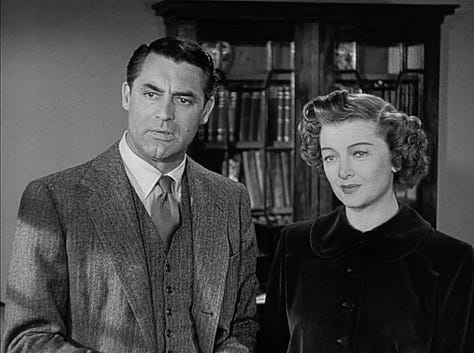
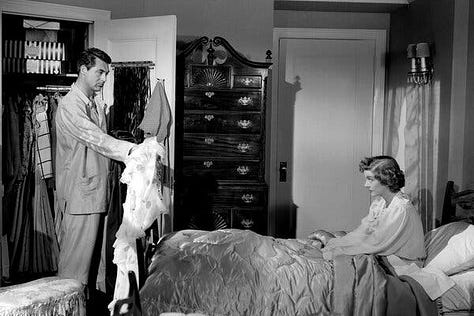


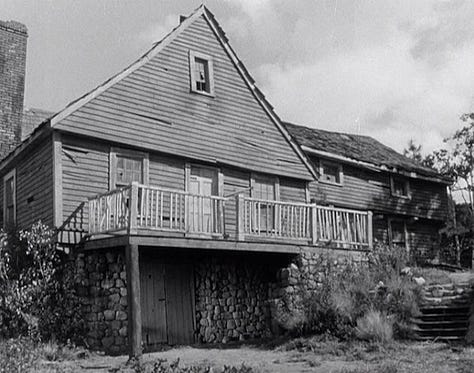
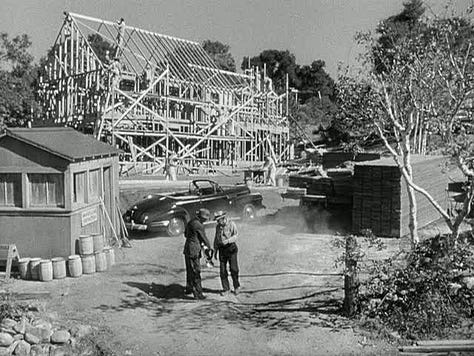
With each unexpected expense, the Blandings are plunged into a hilarious whirlwind of contractors who vanish faster than a lunch break, architects with wild imaginations, and construction crews who can’t seem to tell a blueprint from a shopping list. Bill Cole (Melvyn Douglas), their ever-wry friend and lawyer, delivers quips so sharp they could cut through plywood, offering comic relief as the couple’s “dream” home teeters on the brink of becoming a money pit. From paint colors that spark household debates to a bathroom door that opens onto thin air, the Blandings’ misadventures pile up with gleeful absurdity, turning each setback into a laugh-out-loud spectacle and painting a riotous portrait of perseverance in pursuit of the good life.
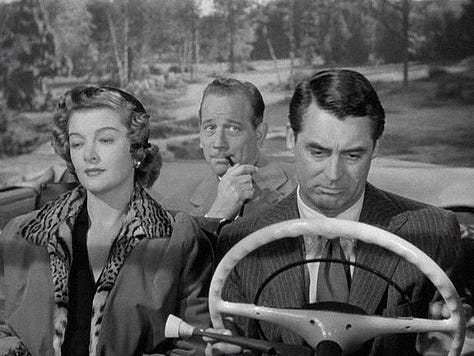
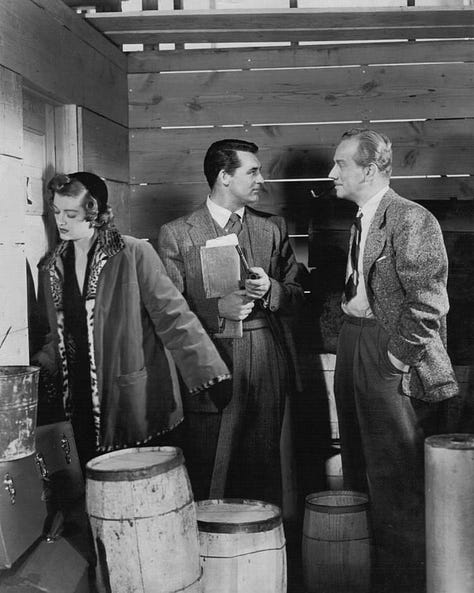
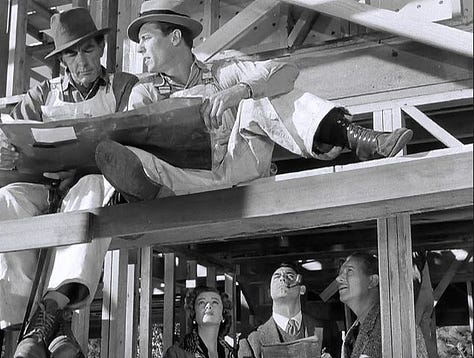
What truly keeps the laughs rolling in this comedy of calamities are the powerhouse performances at its center. Cary Grant dazzles as Jim Blandings, juggling optimism and exasperation with the finesse of a circus acrobat—one minute wide-eyed with hope, the next mid-flop through a crumbling floorboard. Grant brings such a gleeful spark to Jim’s spiraling misadventures that you can’t help but root for him, no matter how absurd the fix. Myrna Loy, meanwhile, is the secret weapon as Muriel: cool-headed, quick-witted, and not about to let a little thing like a collapsing staircase ruin her day. She’s the real brains behind the Blandings’ operation, steering her rather frazzled husband through chaos with the calm of a seasoned magician. Together, Grant and Loy trade zingers and glances with playful chemistry, making every mishap feel like a madcap waltz instead of a disaster.
Melvyn Douglas’s Bill Cole steals the spotlight as the film’s resident wisecracker, tossing out zingers and deadpan one-liners with the precision of a seasoned stand-up. His sly, knowing glances seem to say, “Can you believe this?” every time disaster strikes, injecting every scene with a burst of comic mischief. Add to the mix the ever-unflappable Gussie, played by Louise Beavers, whose raised eyebrows and well-timed quips keep the household from tumbling into complete chaos. Together, this supporting cast turns the misadventures of the Blandings into a carnival of calamities, where even the smallest mishap becomes a laugh-out-loud moment.
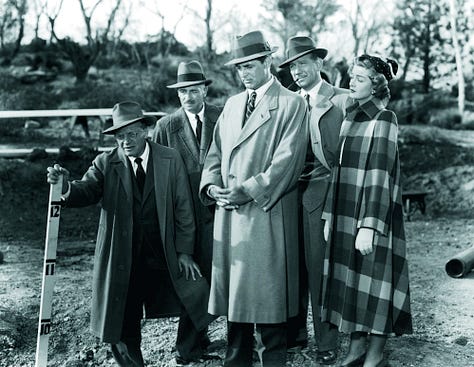
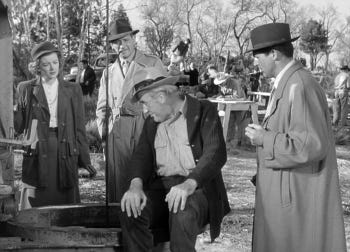

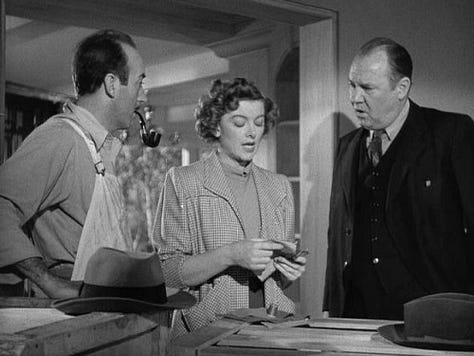
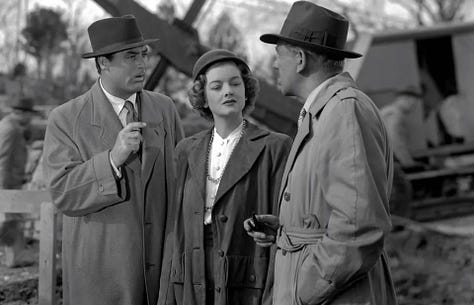
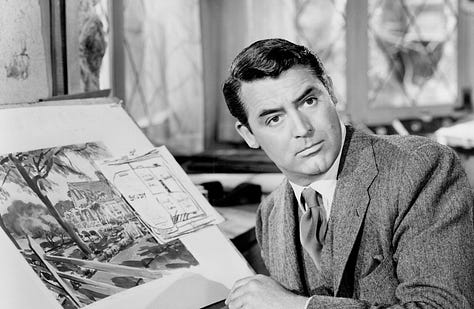
Although the film is a lighthearted comedy, it taps into deeper veins of postwar American anxiety and aspiration. The Blandings’ quest for a dream home mirrors the real-life migration of millions of Americans to the suburbs during the late 1940s and 1950s. The rapid expansion of suburban neighborhoods, fueled by the G.I. Bill and economic growth, created both a sense of opportunity and a host of unforeseen complications. The film lampoons the notion that greater happiness is merely a matter of more space and modern conveniences, exposing the folly and frustration that often accompany the pursuit of perfection.
At the same time, Mr. Blandings Builds His Dream House gently satirizes the culture of consumerism, highlighting how advertising (Jim’s own profession) creates and exploits desire. The Blandings fall prey to glossy advertisements and idealized visions of domestic bliss, only to be confronted by the messy realities of construction delays, rising costs, and design disputes. The film’s depiction of the “color wars” between Muriel and the painters—her insistence on a very particular shade of “sunshine yellow” or “dreamy blue”—pokes fun at the obsession with décor and the belief that material choices can unlock happiness.
Director H.C. Potter steers the chaos with precision, ensuring there’s never a dull moment as calamity follows calamity. The camera delights in every paint spill and slapstick blunder—one minute catching a harried Jim Blandings dodging falling beams, the next revealing Muriel’s serene smile as the kitchen turns into a construction zone. The contrast between their sardine-tin apartment and the sprawling, ever-muddier mess of their “dream” property is played for maximum comedic effect; after all, the grass may be greener in the country, but the mud is definitely deeper—and twice as likely to end up on your shoes.
Mr. Blandings Builds His Dream House has left an indelible mark on the American cinematic landscape. Its influence can be seen in a later film, The Money Pit (1986), echoing the travails of novice homeowners with dreams bigger than their budgets. The film’s gentle humor and universal themes have ensured its place as a staple of family viewing, beloved for its ability to entertain across generations.
Among the film’s greatest strengths are its script, cast, and pacing. The dialogue is sharp and clever, the performances uniformly excellent, and the narrative moves briskly from one comic disaster to the next. The chemistry between Grant and Loy is especially noteworthy, their banter and mutual exasperation forming the emotional core of the film.
If the film has any weak spots, they’re like a slightly off-center doorknob in a house full of charm—easy to forgive amid all the laughter. And yes, the portrayal of race and gender in a few supporting characters are time-stamped with the era’s blind spots. But honestly, these quirks just add to the retro flavor! Like finding avocado green appliances in your dream kitchen, they remind us of how far we’ve come (and how much fun old movies can be). In the end, none of these details put a dent in the film’s perpetual sparkle or its ability to tickle audiences across the decades.
If you’ve ever dared to swing a hammer or braved the world of home improvement, this film is your popcorn-fueled prophecy—equal parts hilarious warning and warm-hearted hug. It joyfully reminds us that the best stories are born from dust, debris, and disasters that somehow turn into cherished memories. The magic of Mr. Blandings Builds His Dream House is in its rollicking dance between hopes and hiccups, revealing that a true dream home isn’t measured in square feet, modern gadgets, or even walls that stay upright—but in the giggles and the glorious messes made along the way.
Release Date: June 1948
Production Company: RKO Radio Pictures, Inc.
Screenplay Information: Based on the novel Mr. Blandings Builds His Dream House by Eric Hodgins (New York, 1946), which was based on his article "Mr. Blandings Builds His Castle" in Fortune (Apr 1946).
Directed by: H.C. Potter
Cast:
Cary Grant as James Blandings
Myrna Loy as Muriel Blandings
Melvyn Douglas as William "Bill" Cole
Reginald Denny as Henry Simms
Sharyn Moffett as Joan Blandings
Connie Marshall as Betsy Blandings
Louise Beavers as Gussie
Ian Wolfe as Real Estate Agent Smith
Harry Shannon as W.D. Tesander
Tito Vuolo as Mr. Zucca
Nestor Paiva as Joe Apollonio
Jason Robards Sr. as John Retch
Lurene Tuttle as Mary
Lex Barker as Carpenter Foreman
Emory Parnell as Mr. PeDelford
Interesting Notes:
The film opens with a tongue-in-cheek prologue narrated by character "Bill Cole." After the prologue, which features shots of harried New York life, Bill then addresses the audience onscreen and introduces the "Blandings family." During the rest of the story, Bill provides occasional offscreen commentary. In one scene, Bill describes the scene's action and delivers all of the characters' dialogue offscreen, while the actors mouth dialogue that is obviously different from the narration.
Author Eric Hodgins' novel was inspired by his own experiences building a house in New Milford, CT. In 1939, when he was a vice-president of Time, Inc., Hodgins set out to build his dream house for $11,000 but ended up paying $56,000 for its completion. Two years after moving in, he was bankrupt and was forced to sell the property. After he had written the novel's sequel, Blandings Way, he tried to buy back the house with the $200,000 RKO had paid him for the rights to Mr. Blandings Builds His Dream House but was unsuccessful. As of 1991, film biographer Anne Edwards owned the house.
News items and articles provide the following information about the film's production: Mr. Blandings Builds His Dream House was Dore Schary's first story acquisition after being named RKO's executive vice-president in charge of production.
According to an article in Life, written by Hodgins, the author was brought to Hollywood to consult on the adaptation. One of the studio's concerns about the original story was "Jim Blandings" income. In the novel, Jim earns $25,000 per year, but Frank and Panama felt that the average moviegoer would not be sympathetic to someone earning that much, so his salary was dropped to $15,000. Similarly, the final cost of the house, which was $58,000 in the novel, was lowered to $39,500.
RKO borrowed Cary Grant from David O. Selznick's Vanguard Films for the production.
Multiple sets were built at Hunter Ranch, near Girard, CA, in what is now Malibu Creek State Park. (The finished house set is currently being used as a Park facility.)
To create the closing shot, in which a close-up of Grant, Myrna Loy and Melvyn Douglas pulls back to reveal much of the entire "dream" property, cinematographer James Wong Howe employed a new technique whereby a standard lens was combined with a zoom lens on a crane-mounted camera.
Costume designer Robert Kalloch died on October 20, 1947, just after completing Loy's gowns for the production.
In her autobiography, Loy recalls that director H. C. Potter shot the script in chronological order. Hodgins' contemporary recollections, however, dispute that claim.
Although produced by RKO, the picture was distributed by Selznick Releasing Organization, which held a sixty percent interest in it. RKO owned the remaining forty percent. (Modern sources add that, as part of a deal between RKO and David O. Selznick in which Schary was allowed to terminate his contract with Selznick and become RKO production head, RKO gave SRO the U.S. and Canadian distribution rights to the film. In 1953, however, RKO reclaimed full distribution rights.)
After the film's completion, RKO sold the "prop" architectural plans to charity, and seventy-three Blandings houses were constructed around the country, including ones in Bel-Air, CA, Washington, D.C., Portland, OR, and Toledo, OH.
Excerpts from a scene in which "Muriel" discusses the unusual colors she wants for the house with two bemused painters were used in a 1993 Sherwin Williams paint commercial.
Cary Grant reprised his role in an October 10, 1949 Lux Radio Theatre broadcast, co-starring Irene Dunne. Hallmark Playhouse broadcast two more radio versions, the first on July 1, 1949, and the second on June 9, 1950. Cary Grant starred in both broadcasts, and Betsy Drake, Grant's then-wife, co-starred with him in the second.
Enjoy the movie!
…Jill
Photo credits: IMBd; TCM; wikimedia commons
Interesting Notes credit: Turner Classic Movies
The Forks Part…
Picture this: Jim Blandings, deep in his advertising brainstorm, is desperately searching for the catchiest Wham Ham product slogan. Why not channel that same zany spirit for your own movie night treat? Step into a retro time machine and whip up Glazed Ham Balls straight from an April 1961 Better Homes and Gardens magazine (page 88, if you’re hunting down the real deal). These are the ultimate party bites: sticky, sweet, and ready to dazzle your guests, all on a cheerful little toothpick! Because honestly, “If you ain’t eatin’ Wham, you ain’t eatin’ ham!” So, crank up Mr. Blandings Builds His Dream House, wear your quirkiest vintage apron, and let the flavors (and laughter) roll—after all, these appetizers are nearly as bright and sunny as Muriel’s new kitchen walls!
Enjoy! And let me know if you made these Glazed Ham Balls and how they turned out!
Bon appetit!




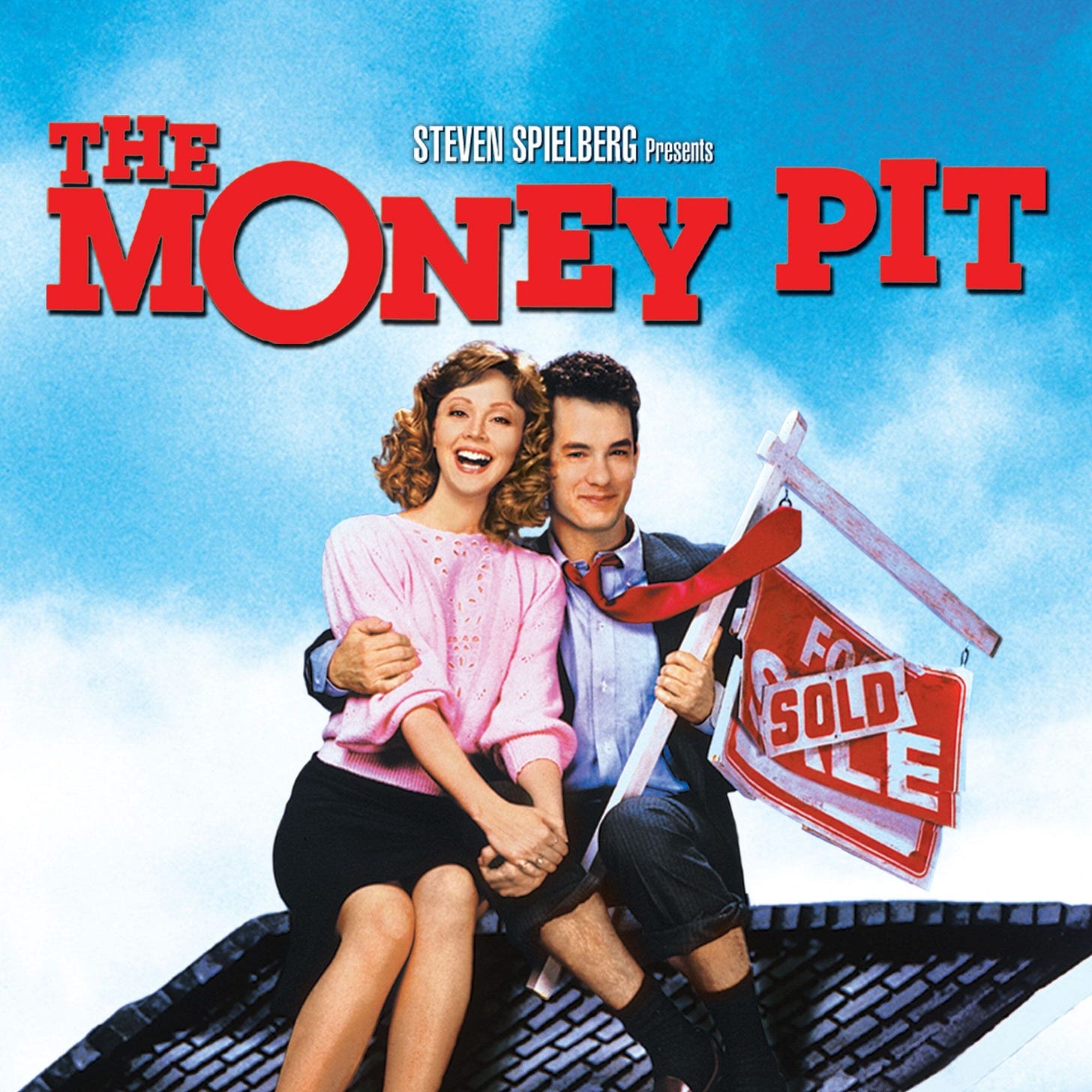
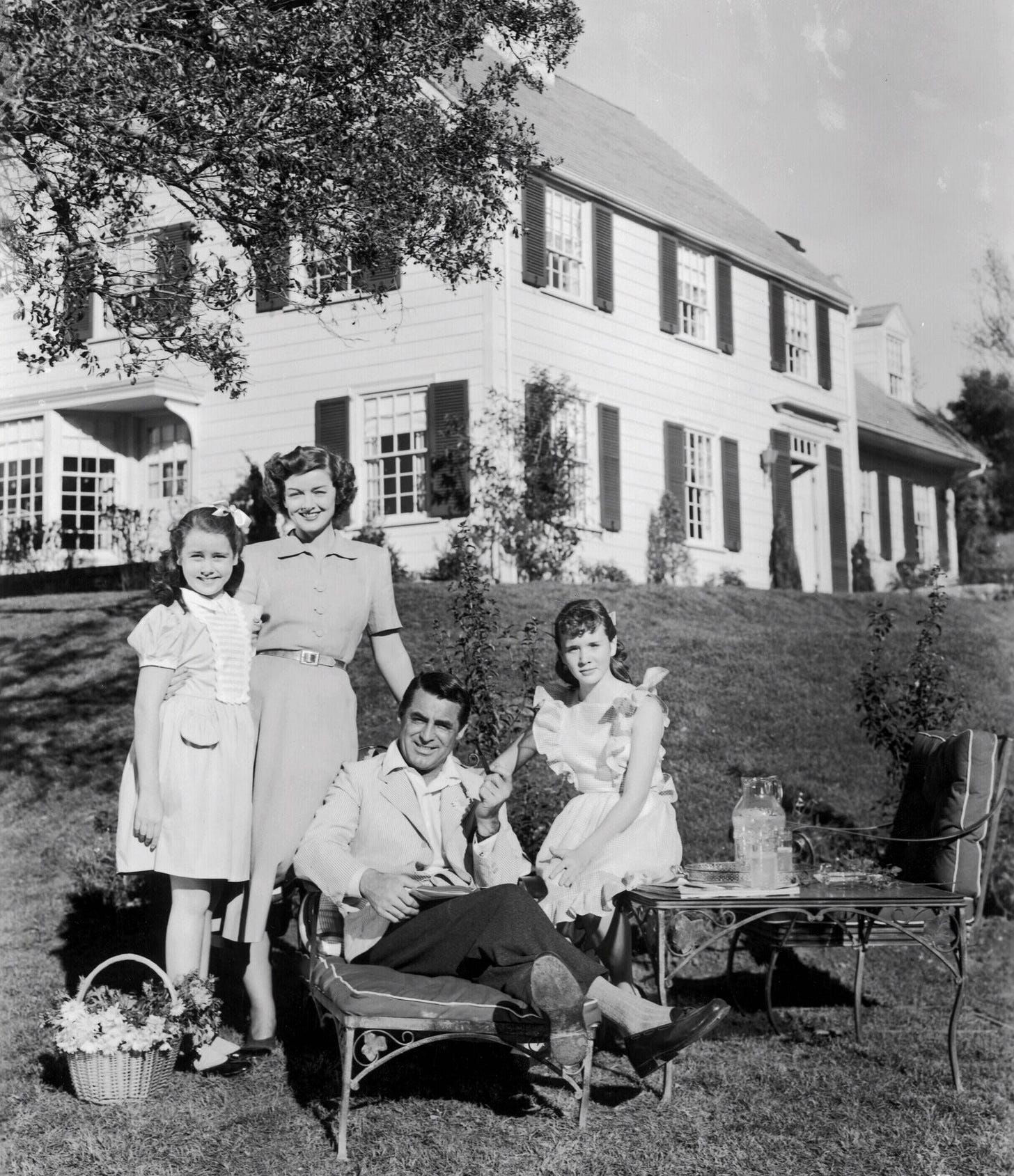
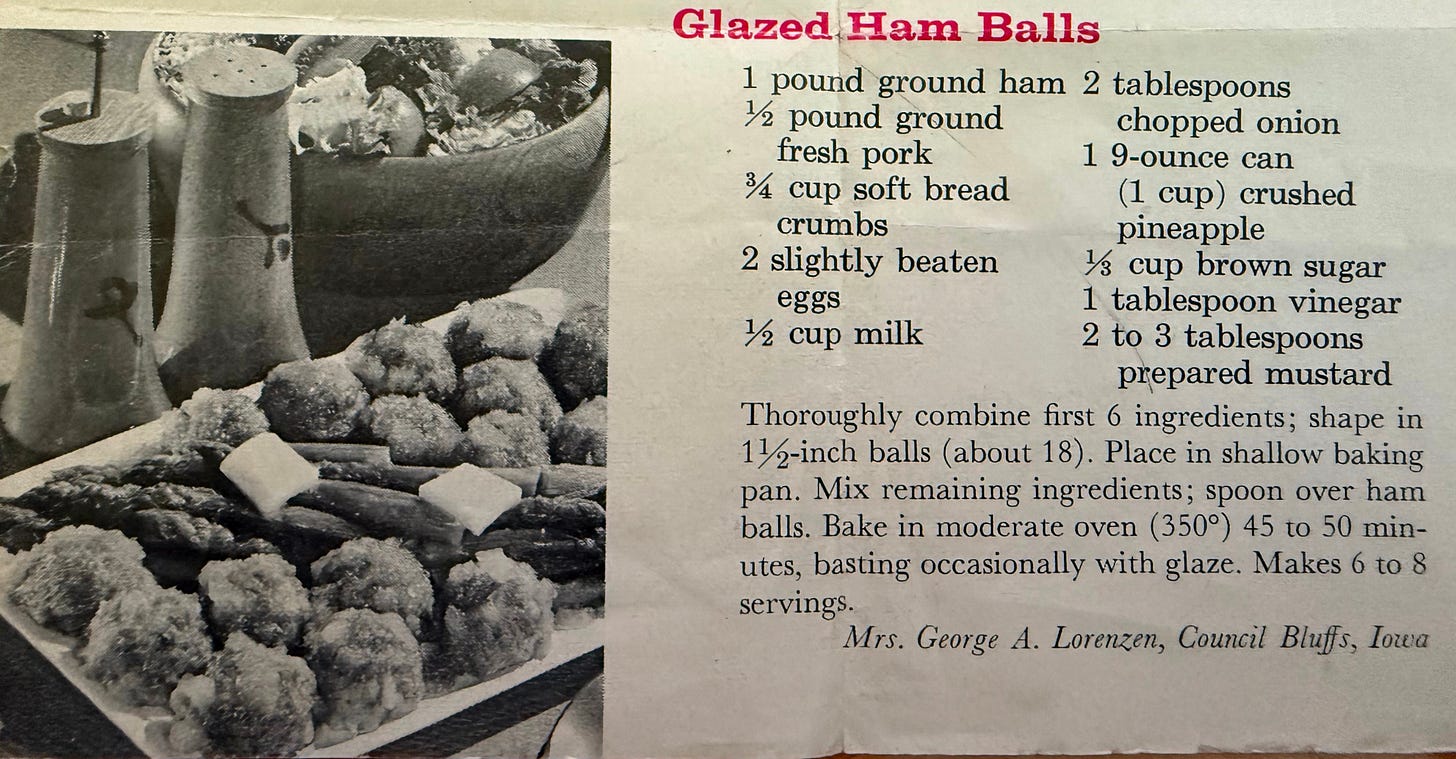
I remember watching the movie “Money Pit” when it came out in 1986 and thought it was a great movie because of its comedy. I was 43 years old in 1986 and never watched the old movies only because they were…old. But when I was in my early 70’s I discovered the old movies and have grown to appreciate them so much, especially the Noir movies which I still like. After watching “Mr. Blandings Builds His Dream House” I saw the similarities between it and “Money Pit” but like the original so much better.